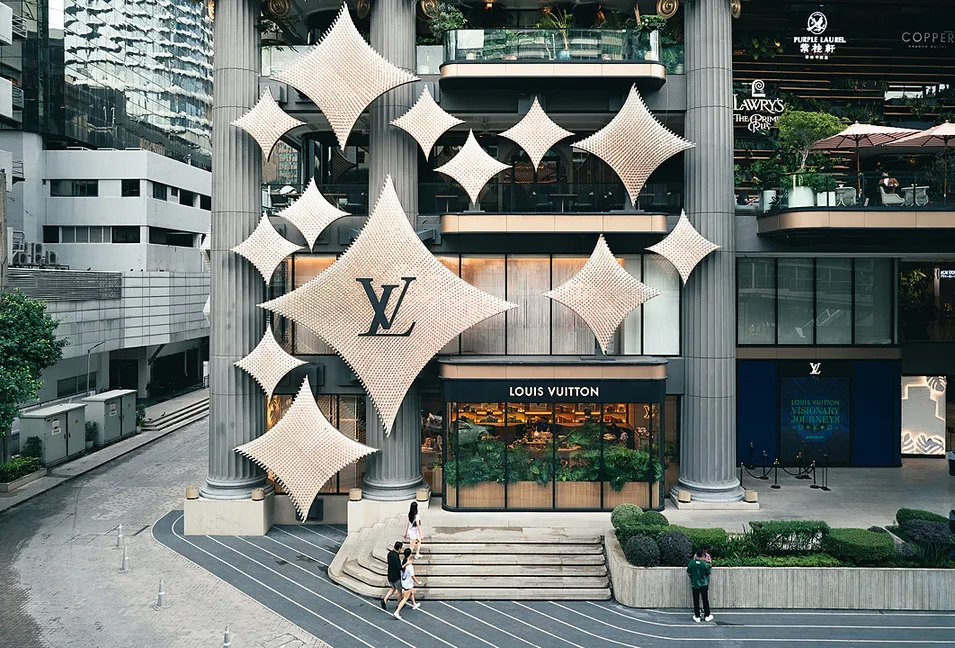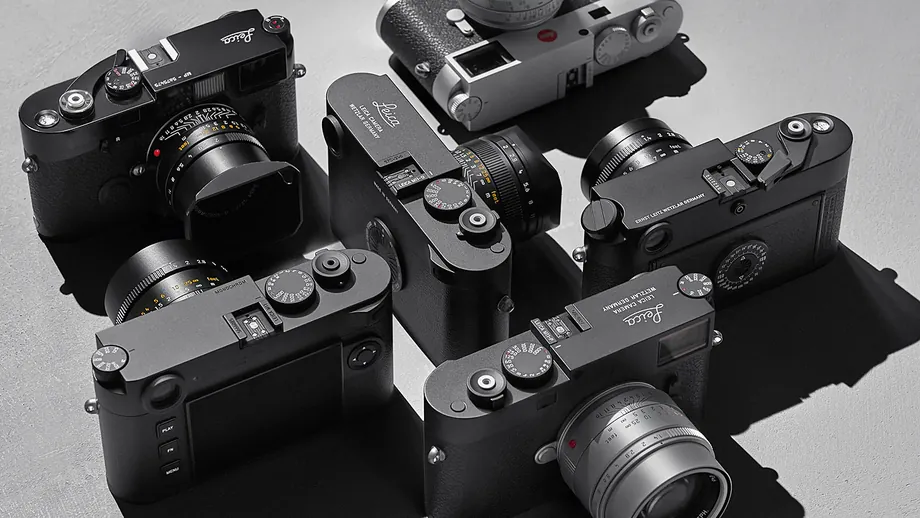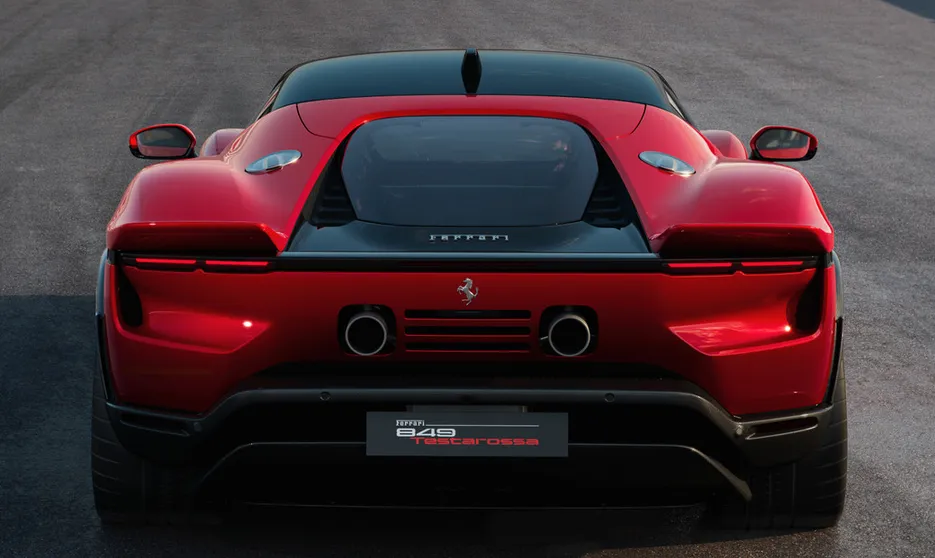Bangkok has matured into a full luxury ecosystem
You can read every report on Thailand’s luxury retail scene, but you only understand it when you walk it.
Talk to the teams. Visit the stores. Observe what happens between transactions — the quiet coordination, the ease of service, the emotional rhythm that defines great retail.
Bangkok has matured into a full luxury ecosystem. It’s no longer a tourist shopping stop built around a few anchor malls. It’s a city that blends world-class retail, hospitality, and lifestyle in one connected experience — confident, warm, and remarkably consistent in how it treats customers.
The contrast makes it even more compelling. Amid the city’s energy and imperfection, Bangkok’s luxury scene stands out for its sense of calm, service, and precision — proof that excellence doesn’t need perfection; it needs intent.
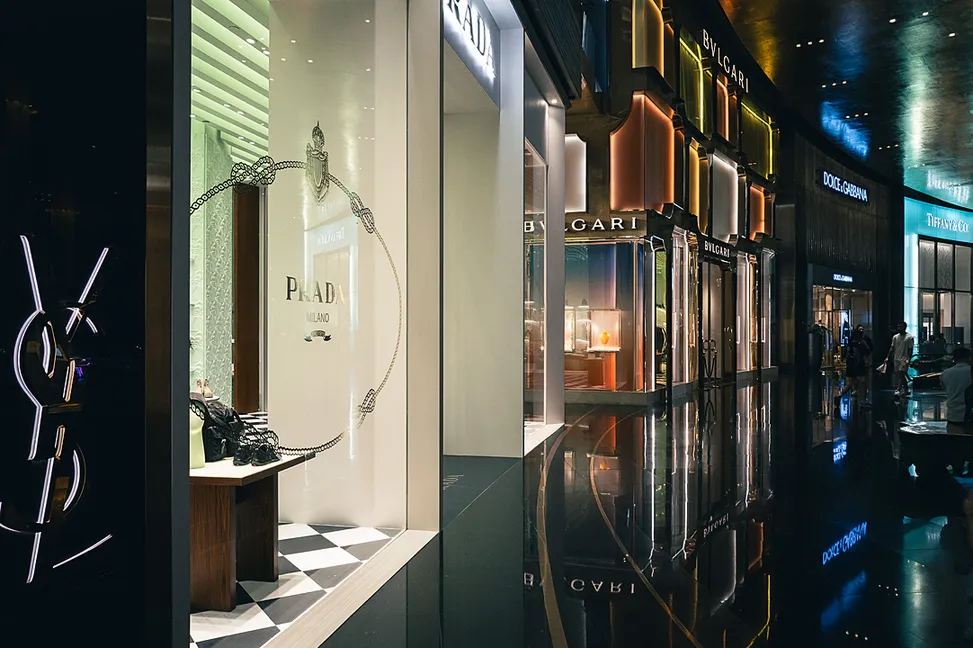
Bangkok’s rise: from shopping city to retail theatre
A decade ago, the luxury conversation centred on Siam Paragon, Emporium, and Central Chidlom. Luxury retail focused on access and convenience. Tourism drove spend; retail felt transactional. Flagships were fewer, formats smaller, and brand storytelling often secondary to access and convenience.
The past ten years have reshaped Bangkok’s map. Mall density increased, brand footprints multiplied, and flagships evolved from large stores into layered experiences.
Fast forward to today and the city operates as a multi-node luxury network. Six key destinations define the premium map: Siam Paragon, ICONSIAM, Central Embassy, Gaysorn Village, EmQuartier, and EmSphere. Each has a clear role and audience, and together they create a portfolio that turns shopping into discovery.
Siam Paragon remains the powerhouse. On peak days the mall welcomes roughly 150,000–200,000 visitors, with a strong international share. The scale brings energy; the operations keep it orderly. It’s the address where breadth meets bustle and where service stays calm under pressure.
Gaysorn Village offers intimacy. Conversations take their time, private appointments feel natural, and clienteling moves from tactic to habit.
Central Embassy communicates exclusivity through restraint — clean lines, strong adjacencies, and a quietly affluent audience that prefers elegance over noise.
EmQuartier mixes approachable fashion with strong dining; EmSphere adds creator energy and activation-friendly spaces. Together they capture the weekday rhythm of residents who live luxury regularly.
ICONSIAM stands as destination retail on the river — IconLuxe for maisons, SookSiam for culture and craft, terraces and river park for families and events. You plan a day around it.
The sum is greater than its parts. Customers move between nodes with intent: flagship theatre here, quieter service there, lifestyle reach elsewhere. That movement builds momentum — and loyalty.
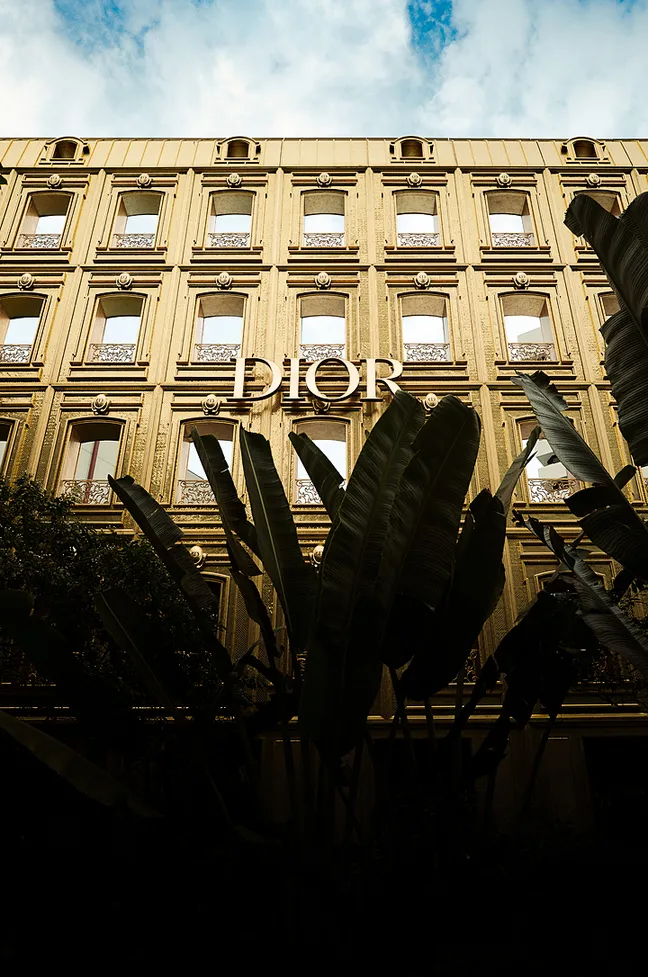
From store design to experience design
Bangkok’s evolution in luxury retail isn’t about architecture — it’s about what happens inside.
The new Louis Vuitton “The Place Bangkok” and Dior at Ploenchit, known as the Gold House, both opened in 2024 and mark a new chapter where experience, emotion, and hospitality define the visit.
Louis Vuitton at Gaysorn goes beyond retail — blending exhibition, café, and fine dining through collaborations with Le Café Louis Vuitton and Gaggan Anand. It invites people to stay, discover, and share time together.
Dior’s Gold House brings a different rhythm. Behind its golden façade inspired by 30 Montaigne, the space reveals layers of Thai craftsmanship and artistry, featuring works by local creators such as Korakot Aromdee and Wishulada Panthanuvong. The journey ends at Café Dior by Mauro Colagreco, connecting couture and cuisine with elegance and calm.
Both maisons represent more than retail expansion; they show how luxury brands now design entire cultural destinations. Both signal a broader shift in how luxury retail is defined — a theme I’ll explore further in an upcoming piece.
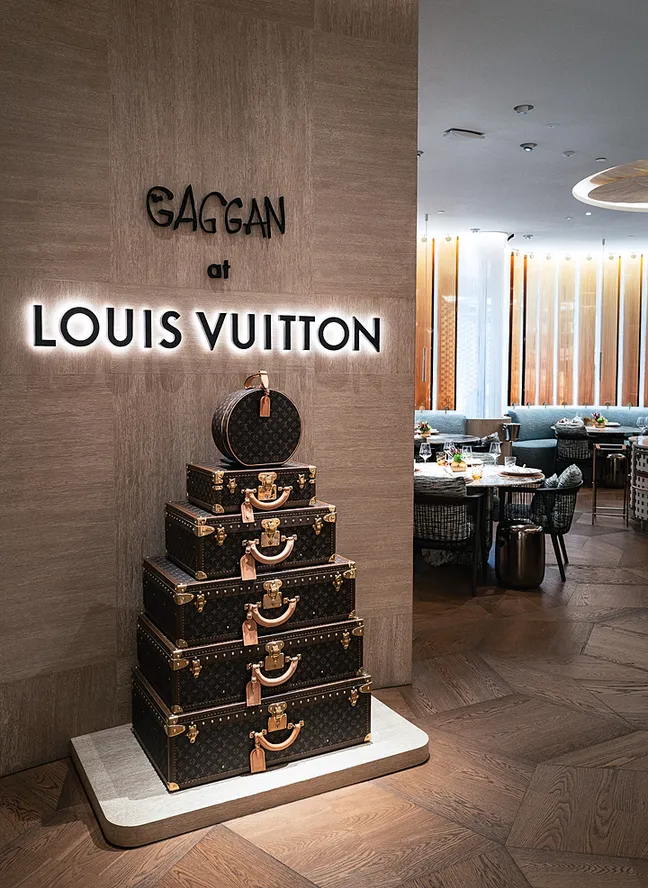
ICONSIAM — destination retail perfected
ICONSIAM is the clearest expression of Bangkok’s ambition. Since opening in 2018, it has fused commerce, culture, and community into one riverside landmark. IconLuxe brings the maisons together; SookSiam celebrates local craft; the river park and terraces turn arrival into part of the day.
The site spans over 525,000 square metres with more than 500 stores and draws well into six figures on weekends. Yet service remains personal. Concierge desks, cultural performances, and the river shuttle make a large space feel curated and human. ICONSIAM proves that big can still feel bespoke — and that hospitality, not just hardware, drives loyalty.
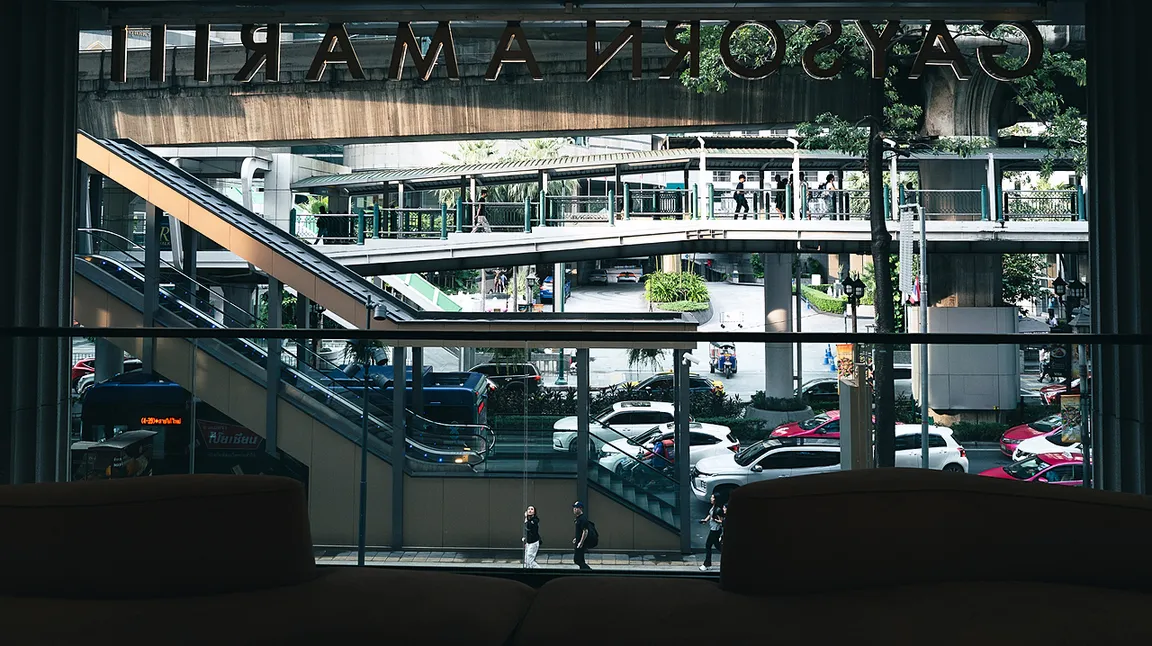
Service as signature
Thailand’s service culture is its quiet advantage. Warmth without intrusion, attention without pressure — qualities that can’t be scripted into a manual.
In many Bangkok boutiques, sales advisers behave more like hosts than sales consultants. They read cues, adapt tone, and connect through conversation. That’s retail empathy in action — and it’s why Thailand consistently outperforms peers in customer-satisfaction metrics despite lower price points.
This service mindset is what gives Bangkok its edge across Asia’s luxury network. It's in their DNA.
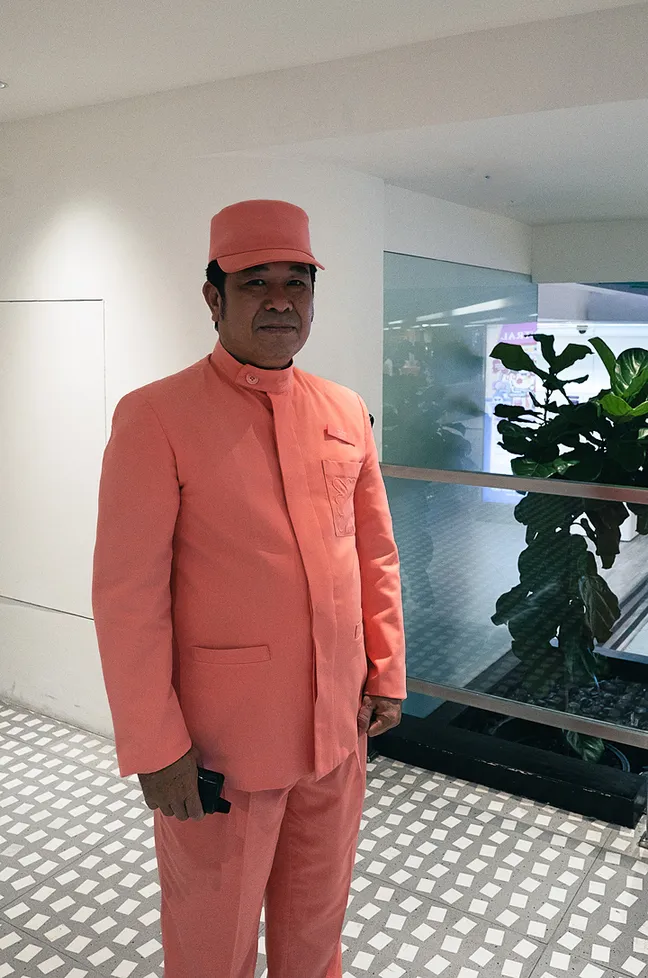
Different cities, different strengths
Across Asia, each luxury hub has its own rhythm.
Singapore sets the benchmark for precision — structured, efficient, and consistent.
Bangkok thrives on warmth and human connection, where service feels natural rather than rehearsed.
Seoul adds creativity and speed, Tokyo mastery and precision, while Hong Kong remains a financial and commercial powerhouse now facing stronger emotional competition from Bangkok.
Among them, Bangkok stands out for one reason: hospitality is part of its culture, not its training. That’s what makes its luxury scene so engaging — it feels personal, even at scale.
In Bangkok, almost all luxury retail still operates within premium malls whereas in Singapore and especially Hong Kong, key houses such as Hermès and Chanel also maintain prominent standalone flagships beyond the mall environment.
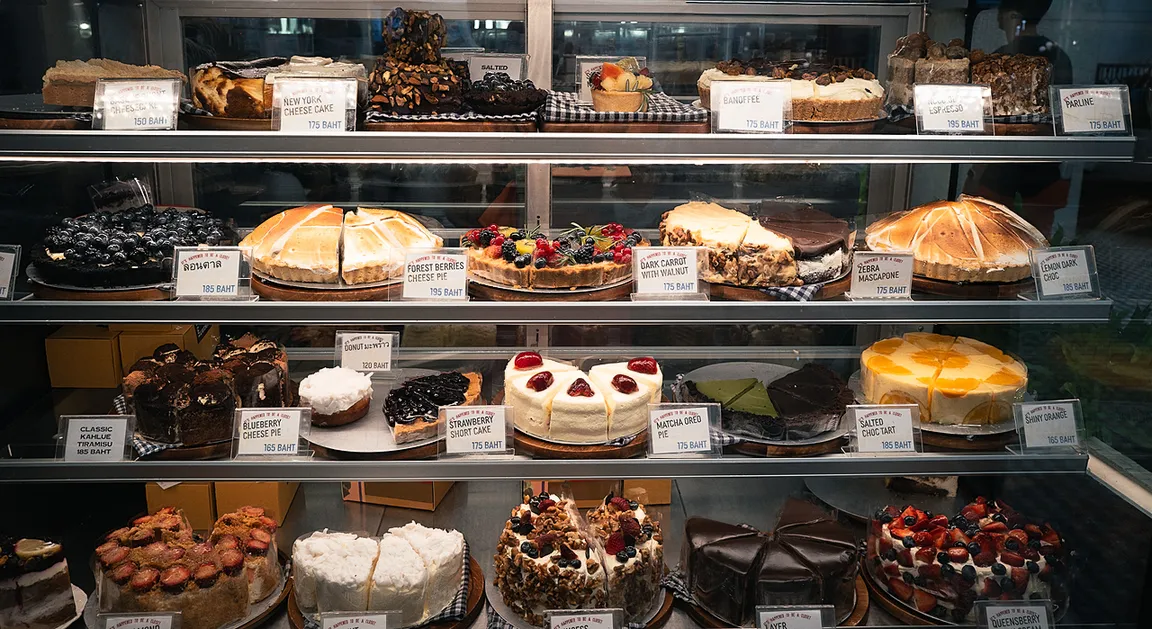
Singapore and Bangkok — two luxury ecosystems, two stages of maturity
Singapore and Bangkok sit only two hours apart but tell different stories of how luxury retail evolved.
Singapore built its foundation decades ago around Orchard Road, long established as the island’s retail spine with Paragon, ION Orchard, and flagship stores. About 15 years ago, Marina Bay Sands added a second luxury hub — an integrated mix of shopping, hotels, dining, and entertainment.
What sets Singapore apart is how early it understood the value of a complete luxury ecosystem. The Singapore Tourism Board has long positioned the city as a destination for premium travellers, with coordinated efforts linking retail, hospitality, events, and infrastructure. Everything — from air connectivity to flagship development — forms one coherent narrative.
Bangkok, meanwhile, has always been an outstanding destination for service, wellness, and authenticity. What’s changed over the past 10–15 years is scale and sophistication. New developments such as Central Embassy (2014), ICONSIAM (2018), EmQuartier (2015), and EmSphere (2023) have repositioned the city as a serious contender.
While Singapore refined luxury through structure and foresight, Bangkok achieved it through evolution and emotion. One built the system early; the other is redefining what a luxury ecosystem feels like today. Once a brief stopover, Bangkok has become a destination in itself — and it’s catching up fast.
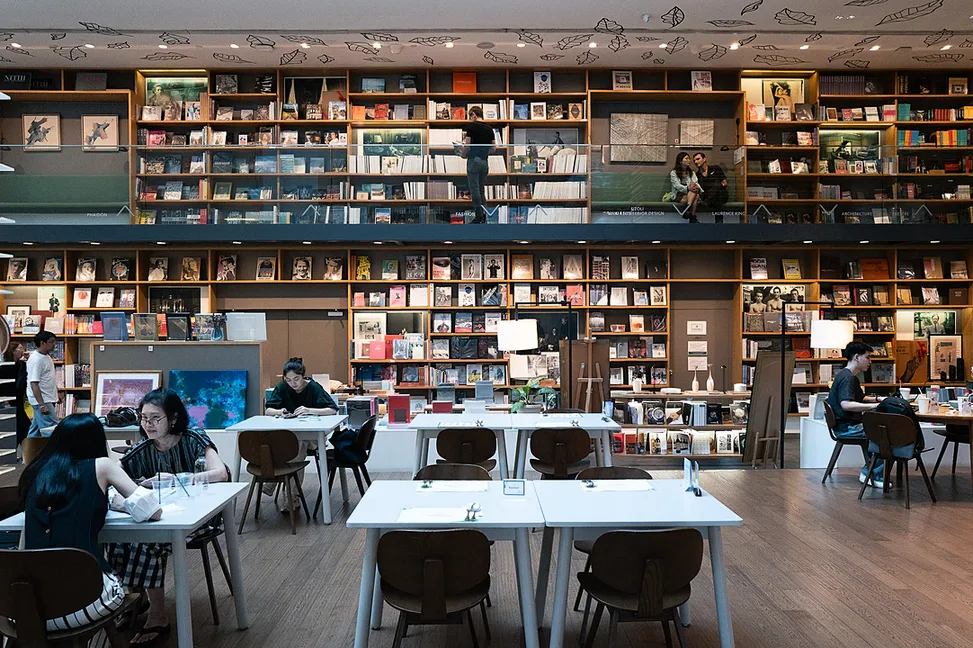
What the numbers say
In 2024, Thailand received 35.5 million international tourists, which contributes significantly to luxury retail in places like Bangkok. Thailand’s luxury retail market is valued at USD 4.4 billion, expanding at roughly 5% annually through 2028 (CBRE, 2025). The connection between retail, tourism, and hospitality drives growth across both premium and ultra-luxury segments.
Tourism remains central: 35.5 million international visitors arrived in 2024, though the mix is shifting. Chinese arrivals declined by over 30% year-on-year, while travellers from Malaysia, South Korea, India, and the Middle East rose sharply. Meanwhile, long-term expatriates and resident HNWIs are increasing through favourable visa programmes and Thailand’s growing reputation as a safe, high-quality base in Asia.
Bangkok’s retail landscape is also expanding. Between 2024 and 2025, more than 410,000 m² of new downtown shopping space is opening. Not all of it is luxury, but these developments illustrate the city’s momentum as a lifestyle hub. Developers are reallocating prime space to flagship stores, fine dining, and experiential zones — a clear sign of long-term confidence.
For perspective: Singapore’s luxury market is projected at around USD 10.9 billion, Hong Kong’s at USD 16.2 billion.
Thailand’s market remains smaller, yet its growth trajectory and quality of experience position Bangkok as Southeast Asia’s most dynamic retail story today.
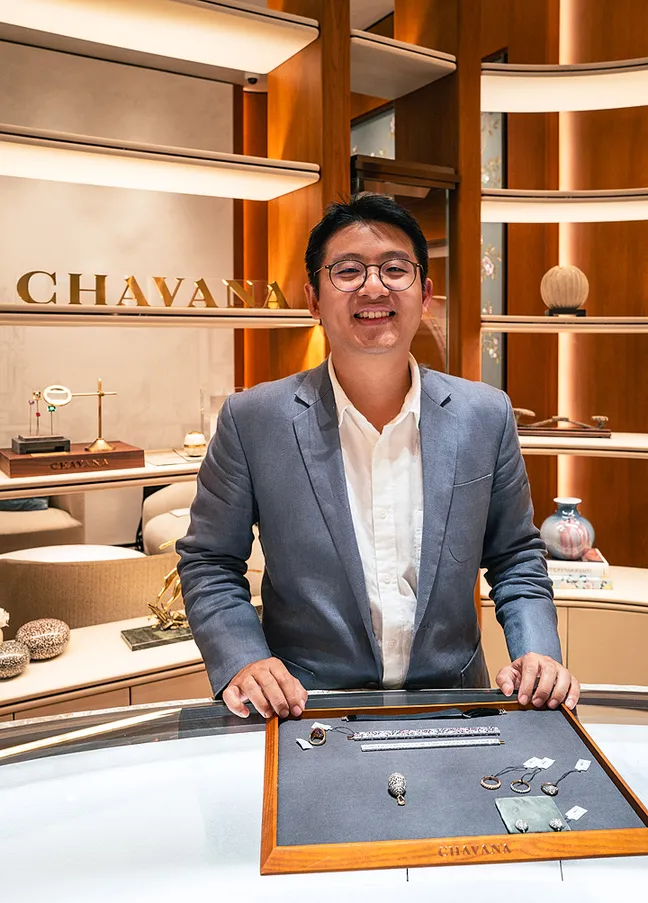
Why Bangkok feels different
Shopping in Bangkok rarely starts and ends at a boutique door. The experience stretches across an itinerary — hotel, spa, café, exhibition, dinner.
Service value plays a key role: five-star hotels, fine dining, and wellness feel premium yet carry prices that invite repeat visits. For regional travellers, that makes Bangkok a preferred short luxury break; for locals, it turns luxury into part of everyday life.
Food and culture are not side acts — they are part of the brand strategy. Prominent examples are Café Dior which adds a quiet pause to the visit, while Le Café and Gaggan at The Place LV turn the experience into something social and shareable.
What Singapore teaches Bangkok — and what Bangkok teaches Singapore
Singapore shows the power of precision: how to scale service quality without losing control.
Bangkok shows the power of hospitality: how to design spaces that invite dwell time and genuine connection.
Other regional players can learn from both.

Opportunities and white space
Bangkok still offers room for selective entrants — especially in high jewellery, haute horlogerie, niche leather, and independent fashion.
The audience is ready, the infrastructure is in place, and the service culture lifts the experience. For local players, competition will intensify as more global luxury brands arrive. Survival depends on credible brand stories, visible craftsmanship, and authentic service.
Marketing budgets matter less than meaning. The brands that build real connection — with people, not algorithms — will keep their edge even as the landscape becomes more competitive.
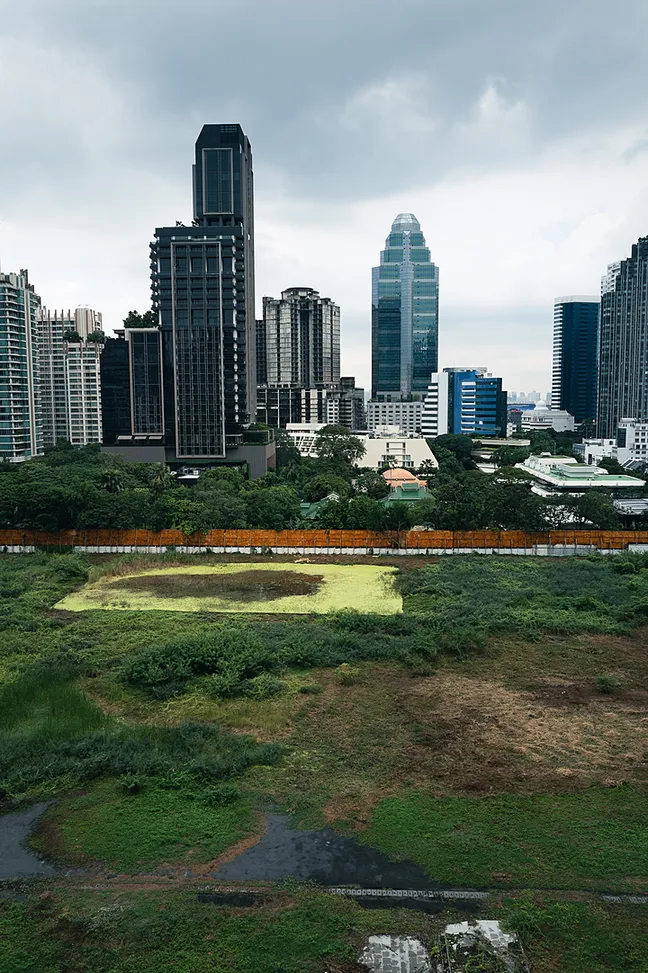
Outlook: emotion as equity
Bangkok’s trajectory signals where Asian luxury is heading next. The winners will be brands that choreograph experience and emotion with equal care.
Projects like One Bangkok and Dusit Central Park will push this further — blending retail, hospitality, and cultural programming into new urban ecosystems. Expect more multi-sensory flagships, more collaborations, and more reasons for clients to build rituals around visits.
Luxury might often begin with a product, but it’s sustained by memory. Bangkok proves that emotional connection — not just aesthetics or scale — is the real currency of modern retail.
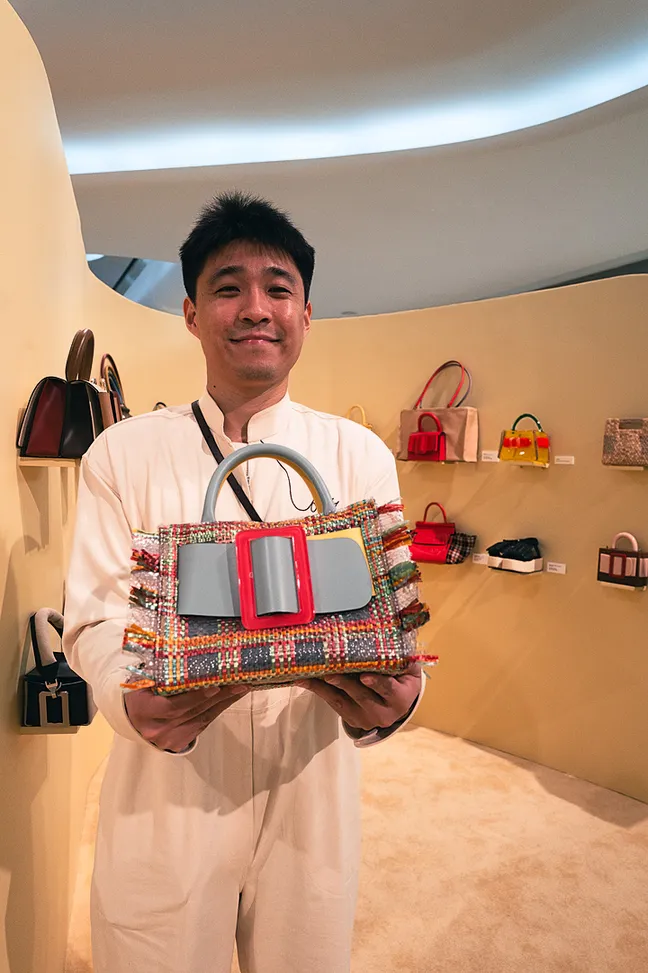
Final Thoughts
Bangkok proves that luxury retail excellence is built on the ability to host well. Architecture creates the invitation, and hospitality builds the connection. Walk the malls and you notice it — teams that listen, spaces that breathe, and brands that engage with authenticity. For global brands, the city serves as a living case study in empathy-led growth; for regional players, it reinforces that authenticity, relevance, and care still drive results.
With my professional focus on retail sales excellence and premium customer experience, it is a joy to see Bangkok offer so many examples of what works — and how much potential remains for further development and qualitative growth. Emotion remains the real equity in luxury — and Bangkok holds plenty of it.
